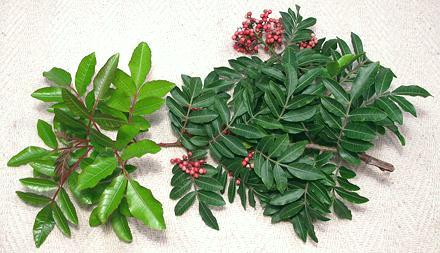brazilian pepper tree uses
Regardless of whether you are in need of a campfire to heat food water or simply to keep yourself warm a Brazilian pepper tree would should be only your absolutely last resort. The Brazilian Pepper tree was originally brought into the United States in the mid-1800s but is native to South America particularly in the countries of Brazil and Paraguay.
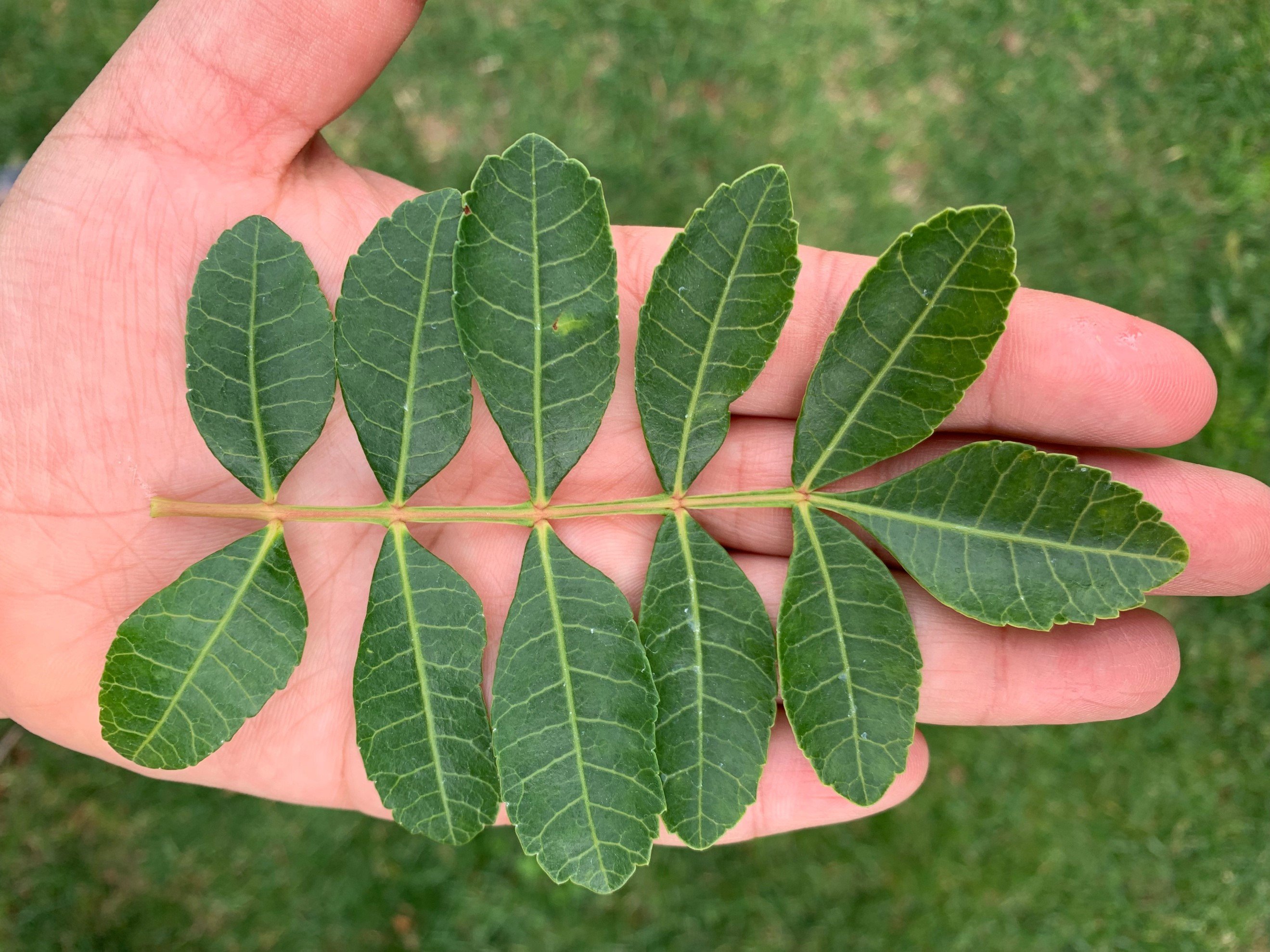
Brazilian Pepper University Of Redlands
When the wood is burned for cooking or smoking foods the toxic compounds become airborne and can cause severe reactions when they come into contact with eyes and.
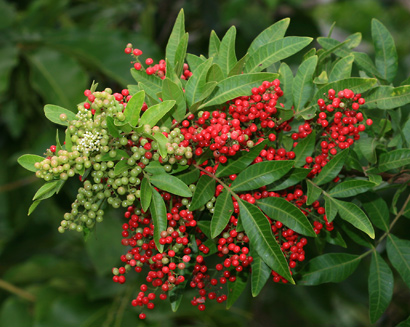
. A notable feature of the tree is its tendency to be irritable to the skin. The Brazilian pepper tree an invasive plant in the southern United States is showing great potential in the fight against antibiotic-resistant bacterial infections. Brazilian pepper trees come in many different sizes ranging from a small shrub as it is often found when growing in a shaded.
Electronic Data Information Source - publication. To see pictures of Brazilian Peppertree click here. 1 However most contemporary uses of Brazilian pepper tree are focused on its activity against harmful organisms.
South America Hight et al. The UF Indian River Research and Education Center or IRREC in Fort Pierce is one of the 14 IFAS research and education centers. 1840s Hight et al.
EDIS Topic - Brazilian Pepper-Tree. Ad Hurry Dont Miss The Best Time For Planting And Enjoy This Limited Time Offer. Brazilian peppertree Christmas berry Florida holly broad leaf pepper tree.
Its role is more medicinal. The folk medicine uses of pepper tree are many and include relief from symptoms of ulcers respiratory concerns diarrhea and skin concerns. Today the IRREC is known internationally for cutting-edge research extension programs and as a research source for graduate students.
Can also be used externally by applying to the skin twice daily and letting dry completely. Brazilian pepper tree uses Sunday June 5 2022 Edit. Many plant communities such as hammocks pinelands and mangrove forests are often invaded and dominated by Brazilian pepper tree.
2002 Date of US. Unlike its relatives the Brazilian Peppertree isnt used to season food. Similar to poison ivy poison oak and poison sumac the leaves and bark of the Brazilian pepper tree contain urushiol a toxic oil that causes serious rashes and allergic reactions.
The Brazilian pepper tree does not produce peppers but instead draws its name from its peppery aroma. Its bright red berries and brilliant green foliage are used frequently as Christmas decorations. Some parts of the tree can also be used as a treatment for urinary infections as well as respiratory infections 4.
My Verdict on Brazilian Pepper Composting. It produces an abundance of small flowers formed in panicles that bear a great many small flesh-colored berry-like fruits in December and January. Brazilian pepper tree has been used as a remedy for ulcers respiratory problems wounds rheumatism gout diarrhea skin ailments and arthritis as well as to treat tumors and leprosy in folk medicines.
Several studies have confirmed Brazilian pepper tree to be toxic against Staphylococcus. Traditionally Brazilian pepper has been used in herbal medicine for its natural anti-inflammatory antiseptic and infection-fighting benefits. Free Shipping on Qualified Orders.
The aromatic sap of the Brazilian pepper tree is similar to poison. It is part of the same family that poison ivy poison oak and poison sumac are classified in. As a gargle or mouth rinse dilute 60 drops 2 ml in a small amount of warm water and swish in mouth 2.
Nature has a way of breaking down toxins and recycling almost everything into a form plants. Allspice is the dried unripe berry of Pimenta dioica an evergreen tree in the myrtle family native to the Caribbean regions of the Greater Antilles Mexico and Central AmericaThe dried berries are slightly larger than peppercorns and impart a combination flavor of cinnamon cloves nutmeg and. The two factors that are your friends.
Fast Professional Planting Services. Take 60 drops 2 ml of a 14 bark tincture extract 2-3 times daily or as needed. Its uses have ranged from treating ulcers and wounds to preventing respiratory and urinary tract infections.
Design Services Available Via Virtual or Pictures. Traditional folk medicine has asserted that the Brazilian Pepper Tree possesses antibacterial activity which. The small pink fruits from this tree have been used by traditional Amazonian healers for generations to treat infections and wounds.
Institute of Food and Agricultural Sciences Extension. Brazilian pepper tree was brought into Florida in mid-1800 for use as an ornamental plant. I would still use Brazilian pepper as a chop-and-drop tree and compost addition as well as a mulch but I might be wary of using it in large quantities.
The leaves of the Brazilian Peppertree are most commonly known to be used as an antiseptic and anti-inflammatory treatment for wounds and ulcers. The simple answer is that no Brazilian pepper tree wood is not a good wood to use for a campfire. Brazilian Pepper Bonsai Tree.
The smell of the invasive tree can actually cause respiratory problems for some people with extended exposure. Brazilian Pepper Health Uses and Health Benefits. Scientists have discovered that Brazilian.
1 However most contemporary uses of Brazilian pepper tree are focused on its activity against harmful organisms. It grows 4 to 10 m tall with a trunk 25 to 35 cm in diameter. Research began on the site in 1947 with only one scientist and a small laboratory.
Ad Shop Devices Apparel Books Music More. Brazilian peppertree is a shrubby tree with narrow spiky leaves.
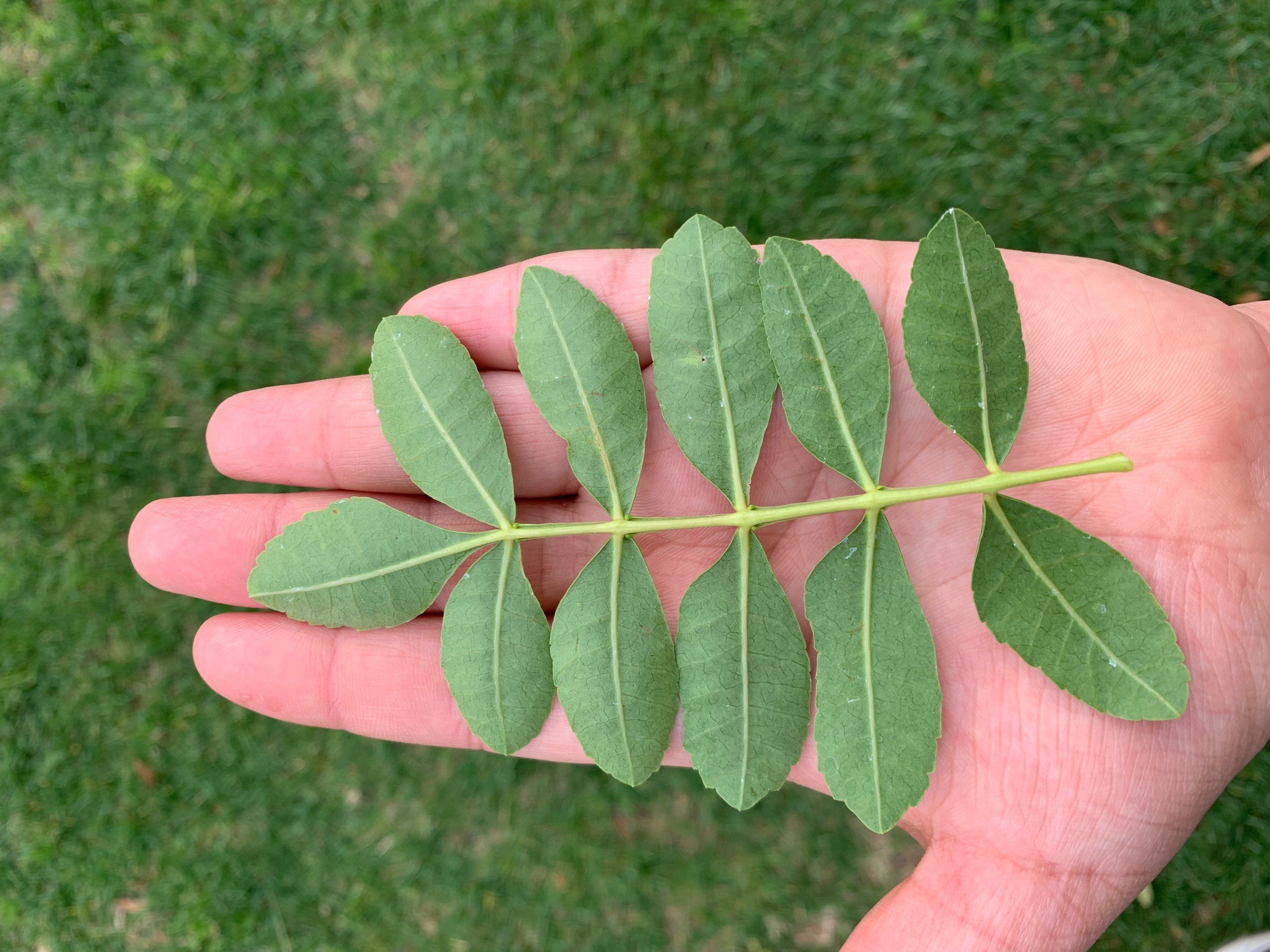
Brazilian Pepper University Of Redlands

Newsletter 23 January 2012 Eat The Weeds And Other Things Too

Brazilian Pepper Everglades Cisma

Florida Researchers Use Pests To Help Control Pesky Brazilian Peppertree Plant Npr

Brazilian Pepper Tree Facts And Health Benefits
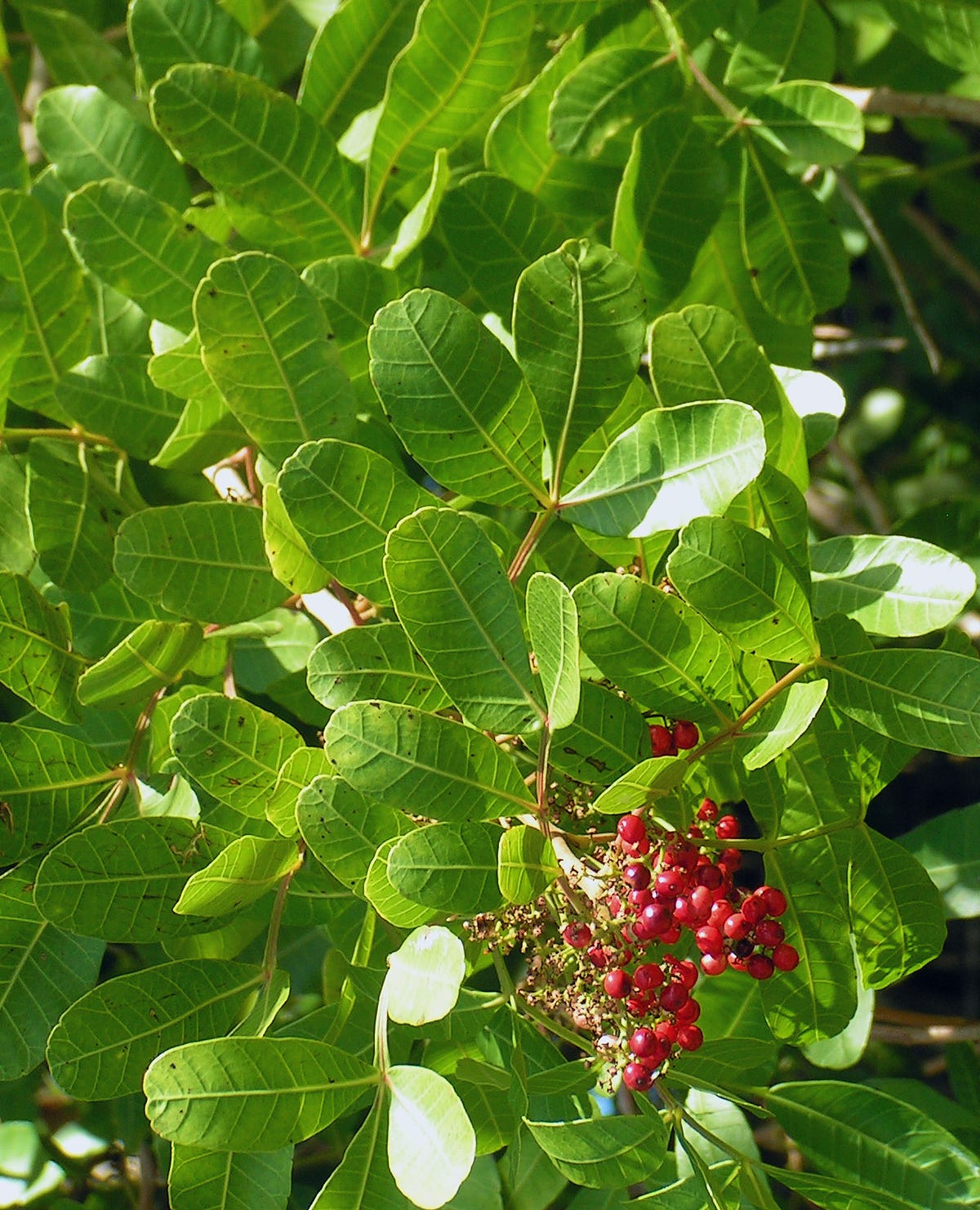
Brazilian Pepper Tree Is A Noxious Weed And Invasive Species
Brazilian Pepper Tree On Most Hated Plants List

Brazilian Pepper Tree Mlalazi Estuarine Floodplain Inaturalist
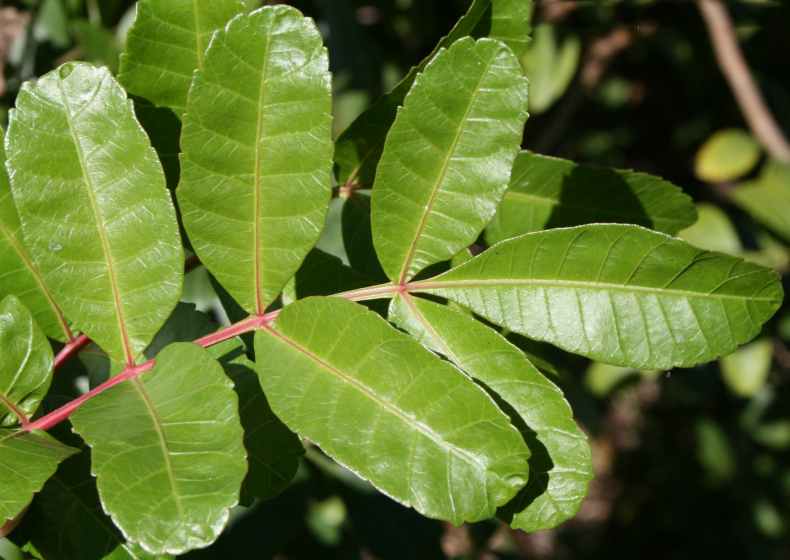
Brazilian Pepper Tree Facts And Health Benefits
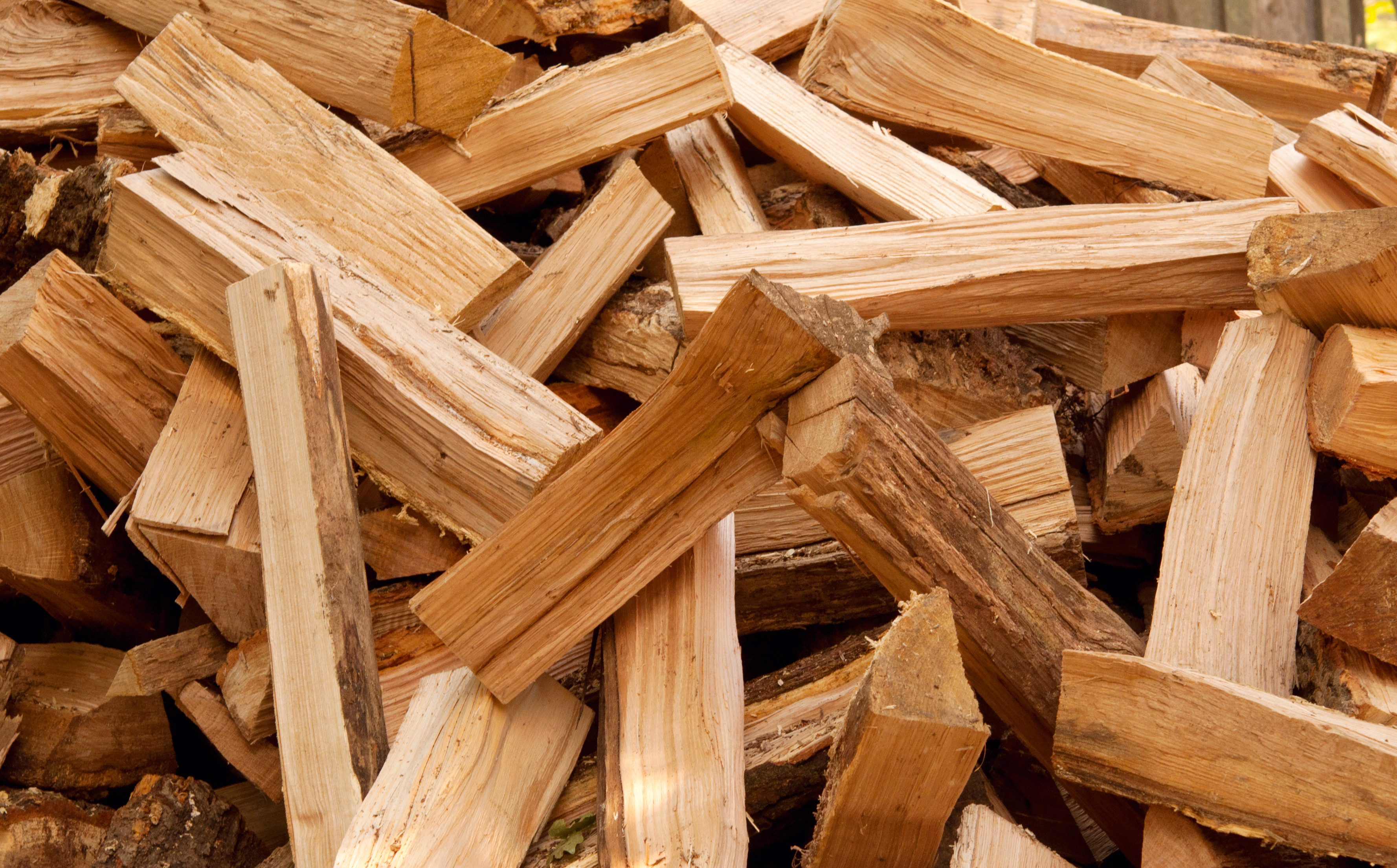
Brazilian Pepper Wood For Cooking
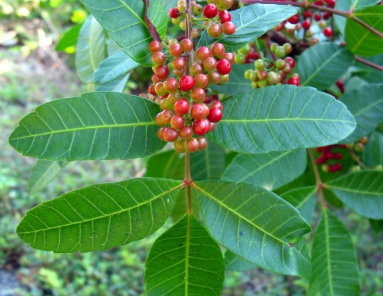
Invasive Plant Spotlight Brazilian Pepper U S National Park Service
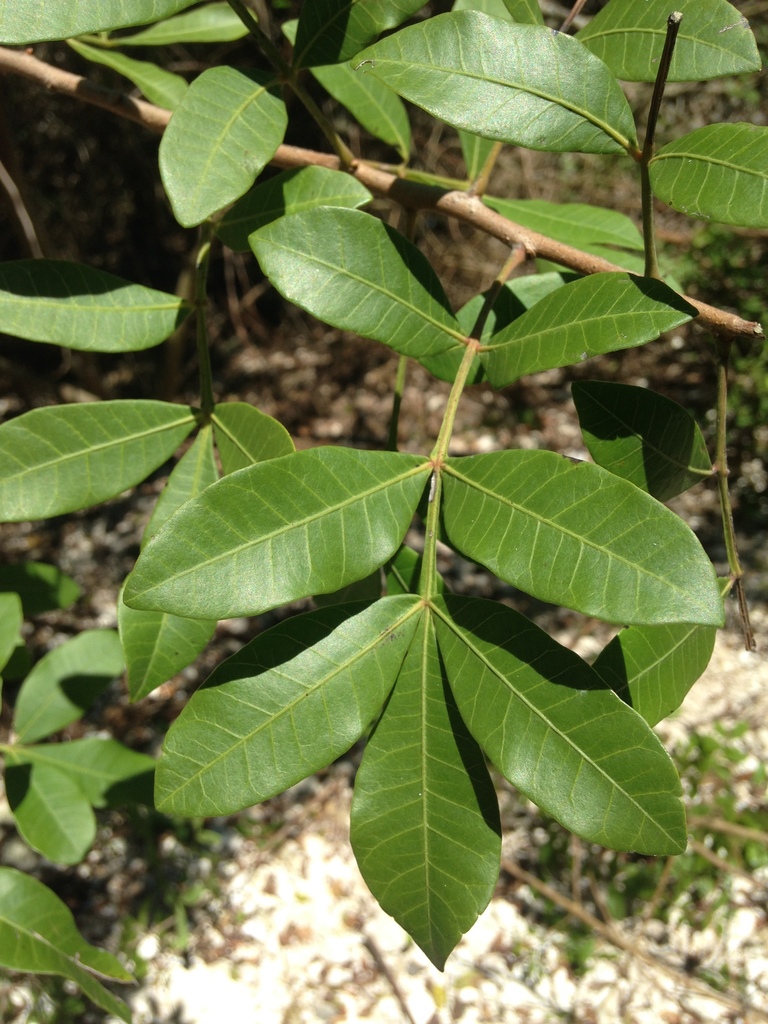
Brazilian Pepper Tree Spc Florida Plants Inaturalist

Brazilian Peppertree Schinus Terebinthifolia Sapindales Anacardiaceae 5421914
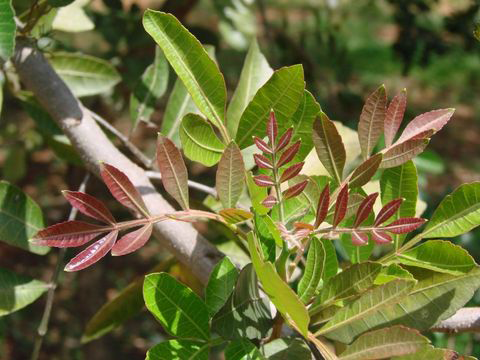
Brazilian Pepper Tree Facts And Health Benefits
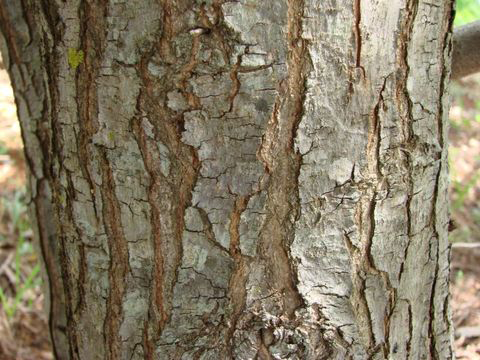
Brazilian Pepper Tree Facts And Health Benefits

Brazilian Pepper Tree Mlalazi Estuarine Floodplain Inaturalist
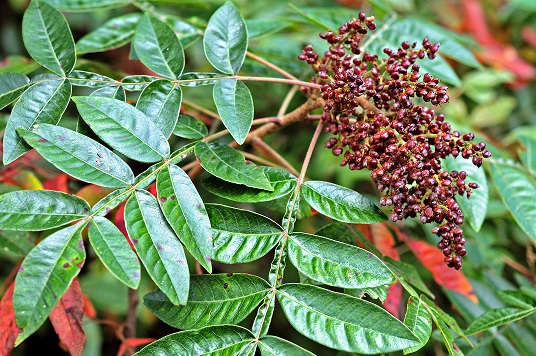
Could It Be A Brazilian Pepper Tree Uf Ifas Extension Pinellas County

Brazilian Pepper Tree Mlalazi Estuarine Floodplain Inaturalist
